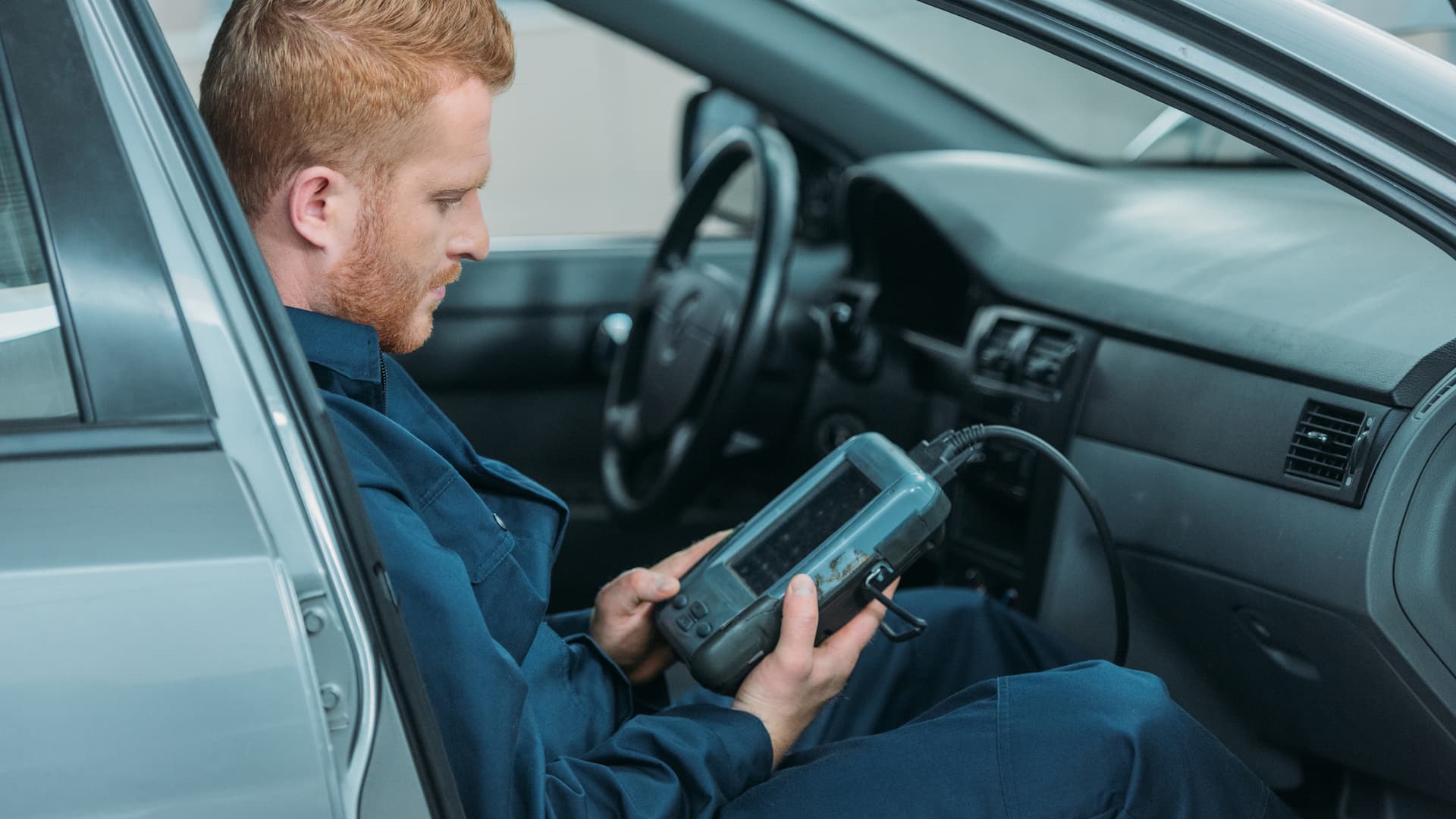BMW M5 Rear Strut or Shock Absorber Replacement Costs
Our mobile mechanics bring the shop to you 7 days a week.
Get a quote today for your BMW M5

Find Your Cost
BMW M5 Rear Strut or Shock Absorber Replacement Costs
AutoNation Mobile Service offers upfront and competitive pricing. The average cost for BMW M5 Rear Strut or Shock Absorber Replacement is $572. Drop it off at our shop and pick it up a few hours later, or save time and have our Delivery mechanics come to you.
Car
Location
Price

2013 BMW 320i
2.0L L4 Turbo Base •
36,000 miles
,
CA 92877
$585 -
$715

2014 BMW 535i GT xDrive
3.0L L6 Turbo •
52,000 miles
,
CA 94539
$761 -
$931

2003 BMW 745Li
4.4L V8 Base •
100,000 miles
,
CA 95159
$435 -
$531

2013 BMW 335i
3.0L L6 Turbo Base •
113,000 miles
,
CA 94558
$333 -
$407

2009 BMW X5
3.0L L6 •
160,000 miles
,
AZ 85392
$457 -
$559
Why AutoNation Mobile Service?
We perform over 600 repair and maintenance services including oil changes, brakes, diagnostics, belts and hoses, and more. The best part? We come to you with all the necessary tools and parts.






